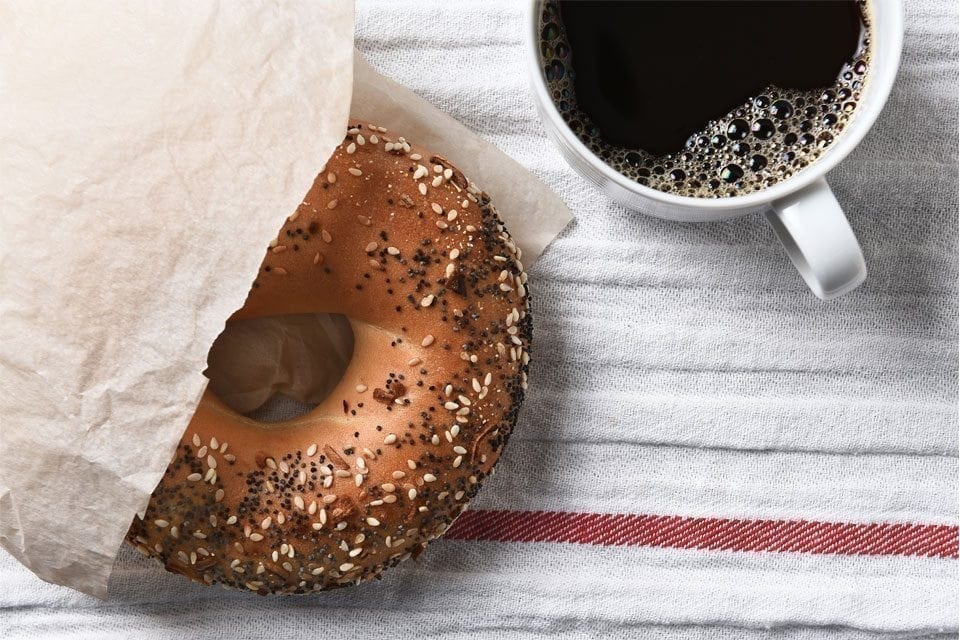There’s no doubt about it–gluten (or the lack thereof) was one of the most talked about food trends lately! In hopes of shedding pounds, clearing up the skin, reducing brain fog, or simply feeling better, it seems that everyone and their brother has tried giving up gluten. Is consuming gluten fatal,or is it just unfashionable? And what exactly is gluten? Let’s find out!
What is gluten?
Gluten is a mixture of two proteins found in wheat, rye, and barley. It has an elastic texture that helps hold foods together, and gives bread its springiness
What is celiac disease?
Celiac disease is a hereditary autoimmune disorder that affects about 1% of the US population (it’s rare!). Those who suffer from this condition must follow a strict gluten-free diet to prevent damage to the small intestine. For those affected, ingesting even trace amounts of gluten interferes with the body’s ability to absorb critical nutrients like vitamin B12. Symptoms of celiac disease include fatigue, joint pain, bloating, weight loss and diarrhea. Check with your doctor or health provider if you suspect you have celiac disease, which can have dire consequence if left untreated.
Non-celiac gluten sensitivity, also known as “gluten intolerance,” is more common. It involves symptoms similar to celiac disease without the intestinal damage. People who experience gluten sensitivity may avoid gluten to reduce symptoms but won’t suffer from nutritional deficiencies.
Who should go gluten-free?
Going gluten-free may be trendy, but it’s not medically necessary if you don’t suffer from celiac disease or gluten intolerance. That said, there’s no denying that Americans over-consume processed carbohydrates like refined white flour (think: bagels, crackers, cookies, muffins, pastries, noodles, etc). Avoiding gluten containing foods is a strategy to eat less of foods with refined carbohydrates. However, replacing wheat products with similar gluten-free versions made with refined starches isn’t doing the body any favors, either. You may have noticed a surge in popularity of gluten-free whole grains and nut meals like wild rice, quinoa, millet, and certified gluten-free oats, coconut flour, and almond flour. These are the kinds of whole, less-refined gluten-free products to be looking for.
Is it necessary for most of us to cut out gluten entirely? No. Research suggests that adequate whole grain consumption is associated with lower risk of chronic diseases like heart disease, cancer, and diabetes. Whole grains are also a great source of energizing B vitamins and fiber.
Would we all benefit from less refined flour and more real, whole foods like beans, nuts, fruit, whole grains, and vegetables? Definitely!
If you were recently diagnosed with celiac disease or suspect you may have a gluten sensitivity, here are some things you need to know:
1. “Wheat-free” doesn’t mean “gluten-free.”
Just because a food doesn’t contain wheat doesn’t mean it’s free of gluten from other sources, like barley and rye. Keep an eye out for other varieties of wheat as well, including faro, semolina, graham, spelt, and farina.
2. Watch for hidden sources of gluten.
There’s gluten hiding in some unexpected places, like malt (malt flavoring, malt vinegar), brewer’s yeast, Worcestershire sauce, soy sauce, “natural flavors,” modified food starch, and vitamin and mineral supplements. Always read the ingredient label!
3. Inherently gluten-free foods aren’t always “gluten-free.”
According to the FDA rule for gluten-free labeling, foods labeled gluten-free can’t have more than 20 parts per million of gluten. Products that are naturally gluten-free, like oats, are likely to contain more than 20 parts per million of gluten due to cross contamination during processing. To be safe, choose grains, seeds, and flours that are labeled “gluten-free.”
4. Beware of cross contamination.
This tip applies most if you’re diagnosed with celiac disease or are extremely gluten-intolerant, because, guess what? That pizza you just ordered on gluten-free crust likely wasn’t fired in a gluten-free oven. It’s great that restaurants now have gluten-free options; but unless they were made in a certified gluten-free facility, they’re likely cross contaminated. Other easily contaminated foods include French fries, bulk bin foods, and condiments where people are prone to double dip.
5. Always keep simple gluten-free pantry staples on hand.
Canned beans, tomatoes, hummus, nuts, eggs, veggie stock, frozen fruit and vegetables, and whole grains like brown rice, oats and quinoa are great to have in your back pocket for quick meals. Stock up on your favorite vinegars, oils, herbs, and spices so you can whip up a quick dinner anytime!




